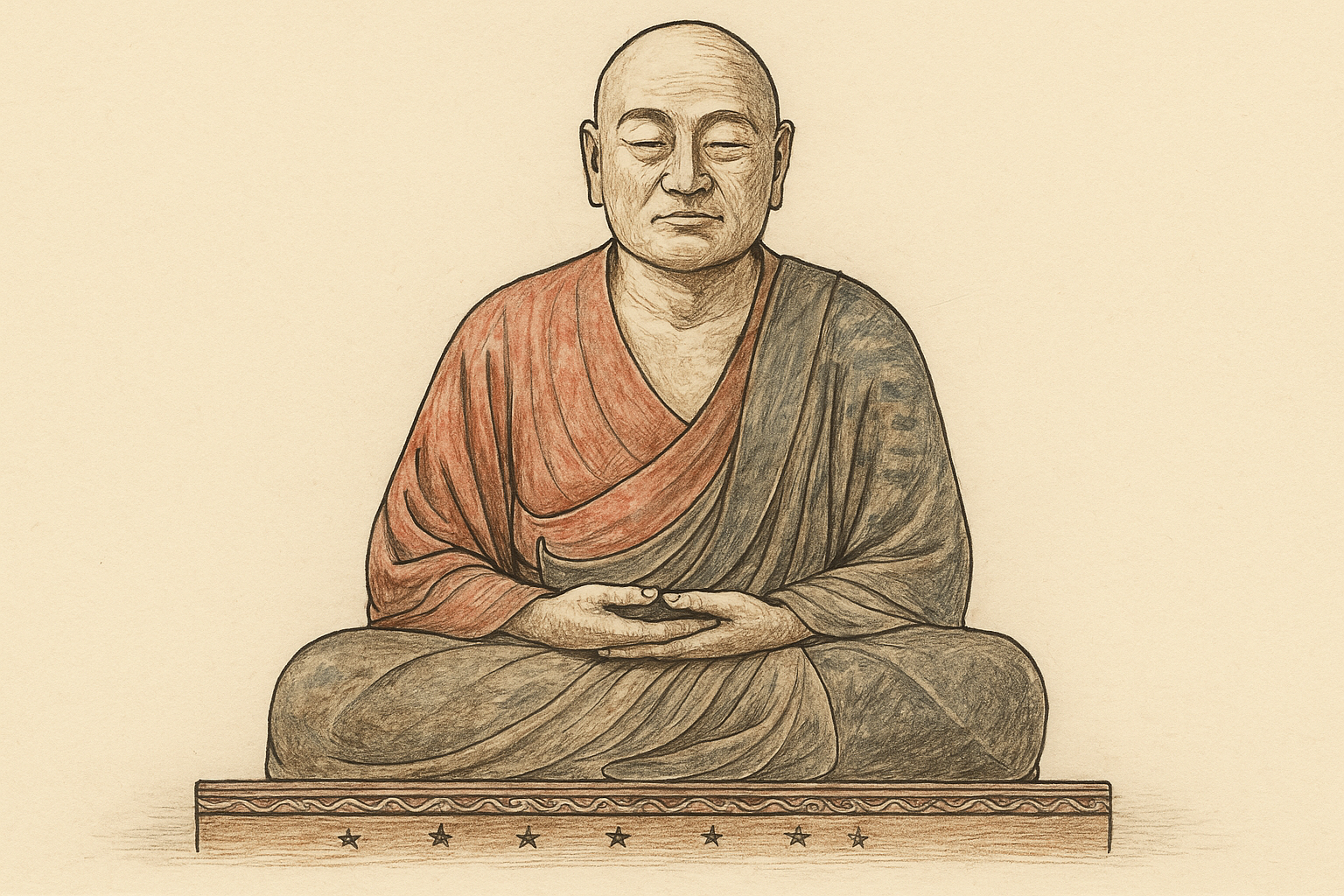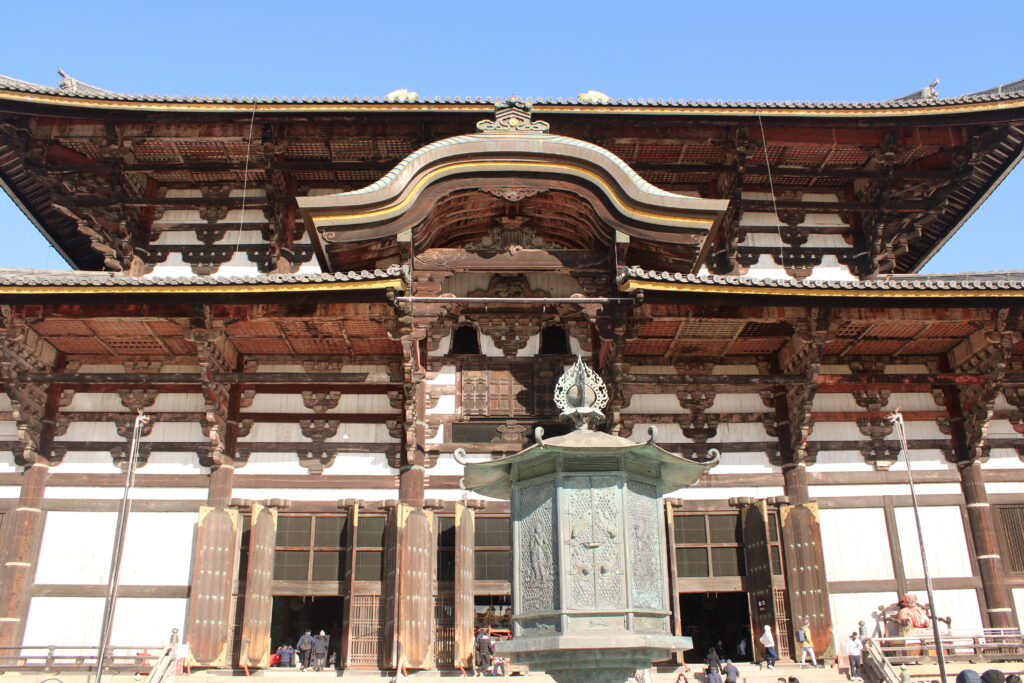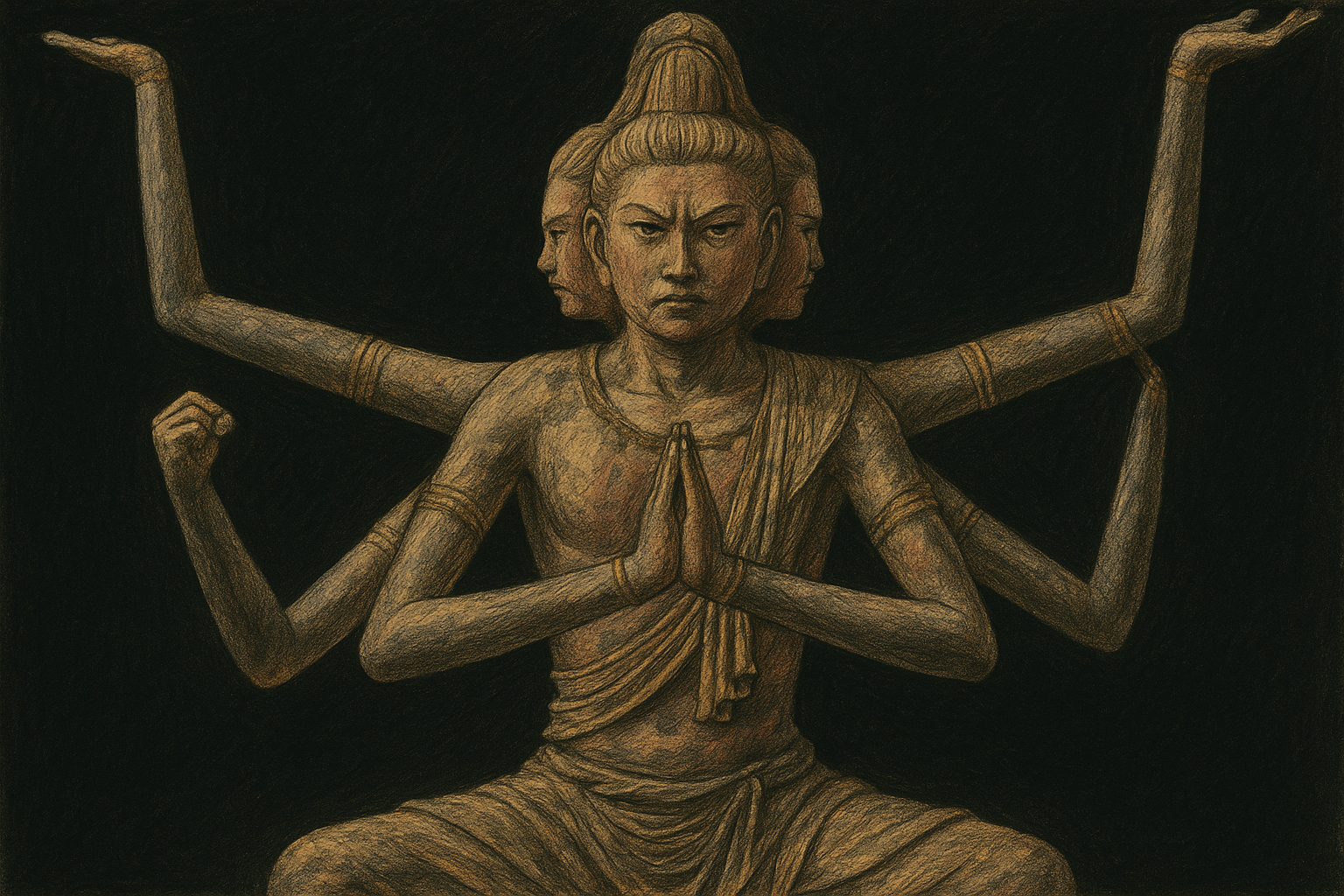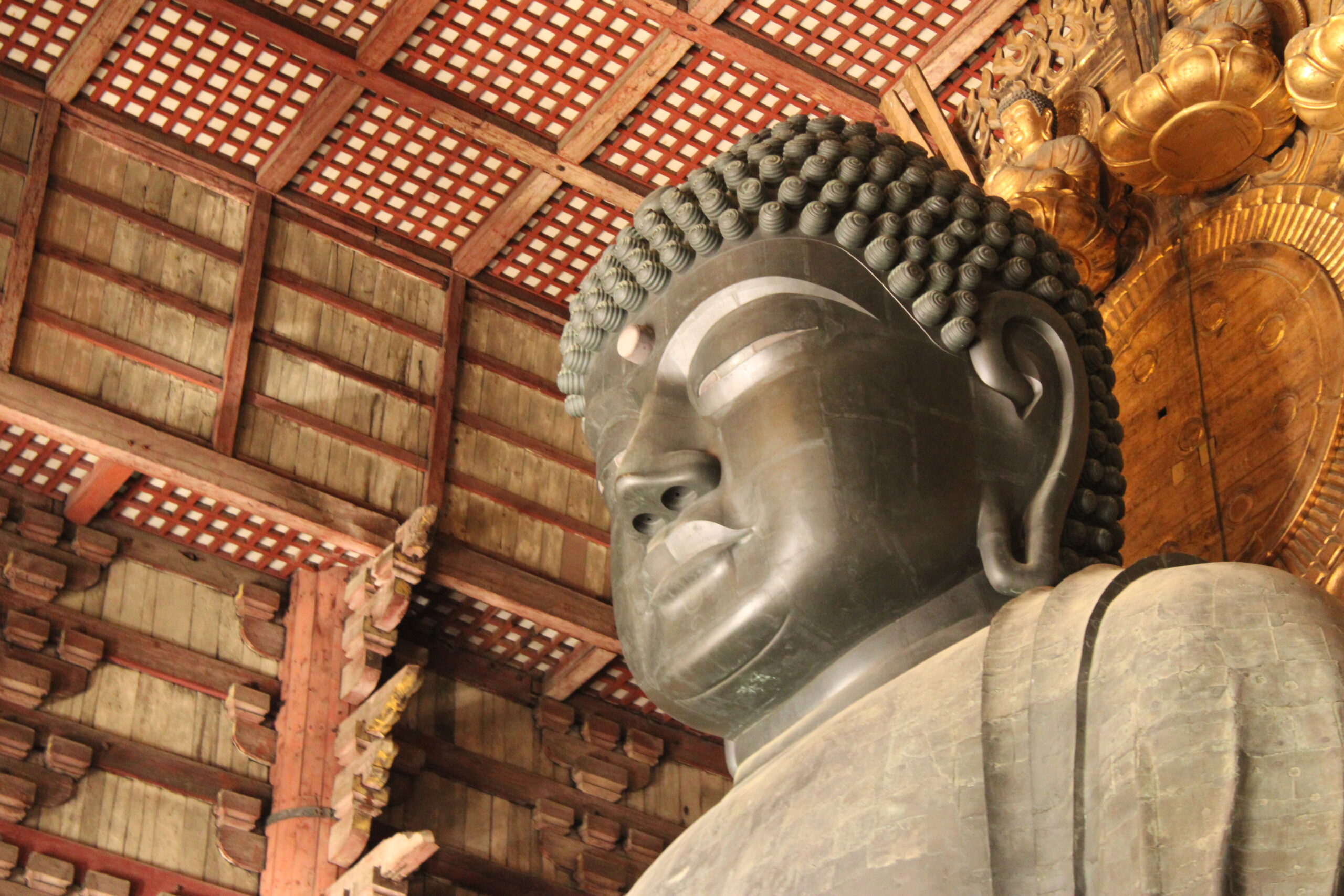Hello, this is Kumakichi!
So, I took a solo trip to Nara in December 2024. Some of you might be wondering what I’m talking about, so let me briefly introduce myself.
I’m a man in my 30s who usually enjoys visiting temples and shrines around Kamakura. Over time, I’ve developed an interest in not only the history but also Buddhism. However, I don’t follow any specific deity; my interest in Buddhism is cultural and historical.

Buddhism has a deep historical connection to the Nara area, which played a significant role in its development. For this reason, I’ve always strongly wanted to visit Nara, as it feels like returning to the origins of the tradition.
Finally, my dream trip to Nara became a reality, and it was a huge success! I’m so glad I visited—it was definitely worth it.
During my trip, I visited 13 temples and shrines. From those, I’ve narrowed down the top 5 temples that I highly recommend. Let me share them with you!

Now, let’s start from number 1 and go through the list!
1st Place: Hōryū-ji Temple

Hōryū-ji Temple is located about a 20-minute walk from Hōryū-ji Station on the JR Yamato Line. It felt like a bit of a walk, so be prepared for that!
It is widely known as the world’s oldest wooden structure that still preserves the look of the Asuka period. Inside the temple, there are many treasures, with around 190 items designated as National Treasures and Important Cultural Properties, totaling approximately 2,500 items.
The main highlight is, of course, the world’s oldest wooden architecture! Just looking at the buildings is an emotional experience. I was amazed at how well-preserved they are from the Asuka period. It really made me reflect on the dedication and efforts of those who have carefully managed and maintained the temple throughout the years. Personally, I also enjoyed the sound of the wooden buildings creaking when the wind blew, and it was something I could listen to for hours.

Another major attraction of Hōryū-ji is the chance to see important Buddhist statues up close, such as the “Shakyamuni Triad,” which represents the Asuka period, and the “Yakushi Nyorai” statue, which explains the temple’s founding. In particular, the works of the famous Buddhist sculptor, Tori, who is said to have created Japan’s first Buddha statues, are truly captivating!
For more about Hōryū-ji Temple, check out the article here.
01 Hōryū-ji Temple | くま吉の歴史散歩ブログ
2nd Place: Tōshōdai-ji Temple

Tōshōdai-ji Temple is located about a 9-minute walk from Kintetsu Nishinokyō Station.
Tōshōdai-ji is famous for being the temple of the Chinese monk, Jianzhen, isn’t it? He decided to travel to Japan in response to an earnest invitation from the Japanese people, but at that time, voyages were incredibly difficult and dangerous—almost life-threatening. In fact, after five failed attempts, Jianzhen became blind. However, he didn’t give up and, on his sixth voyage, he finally arrived in Japan. It is said that he founded the temple in the 3rd year of Tenpyō Hōji (759), where he established a training hall for strict Buddhist precepts.

Next, let’s explore the highlights of the temple. Upon entering the temple grounds, the Golden Hall (Kondō) stands directly in front of you. It is a beautiful example of the simple yet grand style of architecture from the Tenpyō period. Inside, you’ll find the central statue of the Vairocana Buddha, surrounded by enormous triads and the Four Heavenly Kings. The atmosphere is mesmerizing, and the worldview portrayed here captivates visitors.
In addition, there is a faithful replica of the Seated Statue of Jianzhen in the Founder’s Hall (Kaizandō). It’s fascinating to imagine what Jianzhen might have looked like, what his thoughts were, and what kind of person he might have been.

Moreover, the entire temple grounds harmonize beautifully with nature, and just walking around the area feels incredibly soothing. Personally, I love that kind of atmosphere, so I gave it a high rating, just after Hōryū-ji!
For more about Tōshōdai-ji, check out the article here.
11 Tōshōdai-ji Temple | くま吉の歴史散歩ブログ
3rd Place: Tōdai-ji Temple

Tōdai-ji Temple is located about a 20-minute walk east of Kintetsu Nara Station.
Tōdai-ji was originally founded in the 5th year of Shōmu Emperor’s reign (728) as Kinshōzan-ji. After the Great Buddha’s eye-opening ceremony in the 4th year of Tenpyo Shōhō (752), the temple complex was further developed. Since it was a large temple located east of the Heijō-kyō capital, it came to be known as Tōdai-ji, meaning “Great Temple of the East.”
Although the temple temporarily declined after the Nanto Burning in 1180 and the fires of 1567 during the Eiroku period, it was restored in the Edo period, including the Great Buddha and the Great Buddha Hall (Daibutsuden), and has continued to thrive to this day.
The charm of Tōdai-ji is undoubtedly the massive scale of its buildings and statues! When you think of Nara, the image of the Great Buddha of Tōdai-ji probably comes to mind, right? Seeing it up close, you can’t help but be overwhelmed by its grandeur!
Additionally, the Great South Gate (Nandaimon) and the statues of the Kongōrikishi (Guardian Kings) inside it will also leave a lasting impression on visitors.

For more about Tōdai-ji, check out the article here.
06 Tōdai-ji Temple | くま吉の歴史散歩ブログ
4th Place: Kōfuku-ji Temple

Kōfuku-ji Temple is located about a 10-minute walk from Kintetsu Nara Station.
The temple’s predecessor, Yamashina-dera, was founded in the 8th year of Emperor Tenchi’s reign (669). It is said that when the influential minister Fujiwara no Kamatari was seriously ill, his wife, Princess Kyō, prayed for his recovery and built the temple to enshrine the Shakyamuni Triad and other Buddhist statues.
Kōfuku-ji has a deep connection with the powerful Fujiwara clan, especially the regent Fujiwara family, the Hokke branch.
The main attraction of Kōfuku-ji is the opportunity to see numerous National Treasures. In the National Treasure Hall, you can view invaluable works, such as the “Ashura Statue” and the “Kongōrikishi Statues.” Since the style of Buddhist sculptures changed over time, paying attention to the different artistic periods can enhance your enjoyment of the statues and the art in general.

For more about Kōfuku-ji, check out the article here.
05 Kōfuku-ji Temple | くま吉の歴史散歩ブログ
5th Place: Yakushi-ji Temple

Yakushi-ji Temple is located about a 1-minute walk from Kintetsu Nishinokyō Station.
Yakushi-ji was originally proposed by Emperor Tenmu in the 9th year of his reign (680), and the temple’s main statue, Yakushi Nyorai, was consecrated by Empress Jitō. The completion of the temple buildings occurred during the reign of Emperor Monmu in the Asuka period, in the ancient capital of Fujiwara-kyō. Later, with the move of the capital to Heijō-kyō (Nara), the temple was relocated to the Heijō-Ukyō area. The temple’s unique layout, featuring both east and west pagodas, was renowned for its grandeur and beauty, but it experienced a period of decline due to frequent disasters. However, from around 1967, reconstruction efforts took place, and today, the temple has been beautifully restored to its former glory.
Let’s explore what makes Yakushi-ji so special. The East Pagoda, a National Treasure, is a rare surviving structure from the temple’s original construction. Its dynamic beauty has earned it the nickname “Frozen Music.”
Additionally, the pedestal of the Yakushi Nyorai statue in the Golden Hall is worth a closer look. The intricate patterns on the pedestal reflect international influences from Greece, Persia, and China, offering a fascinating glimpse into the cultural exchange that took place between East and West during that time.

For more about Yakushi-ji, check out the article here.
10 Yakushi-ji Temple | くま吉の歴史散歩ブログ
Conclusion
How do you find it!?
This time, I introduced some of the most well-known temples in Nara. Each one is on a grand scale, so it can be quite challenging to visit all of them in a single trip. Therefore, I recommend using this article as a guide to decide which places you’d like to visit!
Of course, there are countless temples in Nara, including smaller ones. Personally, my goal is to discover lesser-known yet fascinating spots. I hope you enjoy exploring Nara and uncovering its hidden gems!
Well, that’s all for now!




コメント